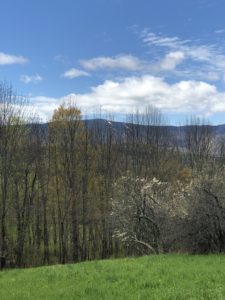A PERSONAL NOTE. On October 28, 2018 I moved into my new home, returning to the place I love the most – the Mad River Valley, Vermont. On October 30, 2019 I closed on my former house after an arduous and anxious year of being the “seller.” These 2 dates seem to be so clean and neat and uncomplicated, but they represent years of seeking, finding and adapting; years of identifying problems and defining solutions; years of change bolstered by the need to be bold yet sustained by faith, family and friends.
Now, before I go a sentence farther, rest assured – I am completely healthy, strong and always grateful for an inordinate supply of energy and positivity. No, there was nothing really wrong with my life, but it was simply time to change things up, to take the next step, and to live a life more in concert with my personal goals, ethics and inner voice. (and no I am not talking to myself – though I do talk to my dog a lot!)
All of this being said, perhaps the thoughts that are front and center to me from my waking minutes on throughout my day are thoughts of gratitude. As I return to these thoughts time and time again I find I am continuously renewed and supplied with the curiosity and creativity I need to do my work and live my life.
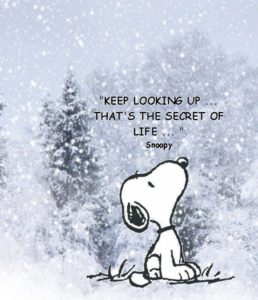
Irresistible advice shamelessly lifted from the FB page of Janet Richardson.
So, that’s me. What about you? Do you relate to any of this? Does each day’s sunrise herald a new day to explore or the start of yet more drudgery? If the latter, are there any changes you can make to find joy? Do you pause to notice the trees’ shadows on the snow as the moonlight shines through? (Yeah, I know, snow, right? But that’s exactly the pause I needed to observe last night and it’s only 11/9.) Yes, of course, life can be unerringly difficult, but even finding a few pockets helps….
STUDENT LIFE. I love being a student. I love research and prefer it always to creation. I could never, for example, write fiction, but I could do a decent job collecting and sharing researched material. I’m not clever enough to reinvent the wheel, but will happily use what is already in place, the excellence of someone smarter and wiser who has gone before me. It is natural, therefore, that my work is in the field of fitness, and in recent years Yoga, where student opportunities are infinite and experience plays a significant role.
And now, in November, I find myself associated with a beautiful studio near my home, Mountain Rose Integrated Wellness Center, (http://www.mountainrosevt.com) founded and led by Ana del Rosal, a deeply qualified and gifted professional who has created a sacred space in which to share the practice of Yoga and oh so much more. Furthermore, though I had roots in this Valley, I am excited to reconnect with friends, make so very many new friends through my teaching, and sharing my work with former clients in new surroundings.
When I first visited this area way back when my babies were babies, I distinctly remember driving to the grocery store and thinking – “wow, in this place, even a mundane task is gorgeous!” – and I promised myself that I would never take it for granted. This week, in one of my classes, I shared this quote and it reminded me of my previous vow. “Life is mostly about mundane experiences. When you start thinking that only your most thrilling experiences are significant, you have already lost the most precious thing in life, the ability to fully immerse yourself in every experience.” (tricycle.org)
Please, I implore you, find the student within. Now that we are all grown up (ha!), we have probably left behind our childhood aversion to school. Whatever our personal lives may look like, whatever physical, emotional, financial and professional limitations are imposed from without or self-imposed, we can always jump on that wagon of curiosity and take a little ride. (And don’t you just love that word – curiosity?!)
ARE YOU SAFE? My final November note comes from an unlikely source. Recently I had a flat tire. As a cyclist, “flatting” took on a dreaded significance as I truly hated changing a tire on the side of the road. Did I say I hated it? Indeed! But when it comes to my car, it’s AAA all the way. I made the call and the very first thing the answering voice said was “Are you safe?” I was. I was at home and my car was in the parking lot outside my door, thanks to a very slow leak. I was serviced immediately and everything turned out just great. But those 3 words set me off down many mental paths. Should this be a question we ask ourselves far more frequently during each day? Should these three words govern decisions or initiate warning bells in our heads?
You know what? I’ve sounded a bit too preachy in this post so I’m going to leave it at that and let you take it from here. If you have shared a Yoga class with me you know that I often refer to our Yoga mats as a place of safety, our own personal space where we can move and experience our practice in an entirely and uniquely individual way. (Note, even here we must always question those 3 words. That’s a topic for another day. It is also the blessing of an impeccable studio and staff.)
NOVEMBER, by Terry Cockburn (https://freeportyogaco.com). This week I taught a 90 minute Yin Yoga practice and borrowed the following words from my teacher, Terry Cockburn. The only hitch was that our outside world was being quickly covered by snow so the timing seemed a touch off. But you’ll get the pointJ Enjoy, be safe, be curious and be bold.
“November is a time of transition. Here in New England, we witness the rapidly changing landscape as the trees shed their leaves, and the chill of wind moves through, drying the earth, the air and our bodies. As we move toward shorter, darker days, the expansive, yang energy of summer is consumed by the contractive, introspective yin energy of the autumn. Observing and honoring the downward, inward energy of this time of year and learning to live in harmony with the spirit of the season can contribute to our overall health and wellbeing. Taking a cue from nature, as it slows down and rests for a bit, we too, may benefit from sleeping a little longer, eating warm, nourishing foods and paying closer attention to our inner world.”

a snapshot of inevitability – lfreeman

 Life is not a toggle switch. Exempting trauma, accident, lightening strikes and the like, life seems to plod or race from one stage to another, but always with some sort of modulation. Though arrival at the next event is the goal, perhaps it is in the interim, the preparation, the transition, that life is experienced authentically.
Life is not a toggle switch. Exempting trauma, accident, lightening strikes and the like, life seems to plod or race from one stage to another, but always with some sort of modulation. Though arrival at the next event is the goal, perhaps it is in the interim, the preparation, the transition, that life is experienced authentically.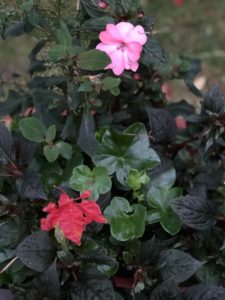 Today did we turn off summer and turn on autumn? I think not. This morning I took a few pictures of my gardens, loving the richness of color and the integration of signs of autumn, fallen leaves among the remaining blooms. Nature defines transition by the juxtaposition of the good with the bad, the colorful with the bland, the new with the old.
Today did we turn off summer and turn on autumn? I think not. This morning I took a few pictures of my gardens, loving the richness of color and the integration of signs of autumn, fallen leaves among the remaining blooms. Nature defines transition by the juxtaposition of the good with the bad, the colorful with the bland, the new with the old. Seasons teach us life lessons. Letting go of the past and moving on can be heartbreaking or exhilarating. While we honor the past for joys and sorrows, skills to progress and experience to rely upon for future challenges, we recognize that each step has led us to where we are now. We are grateful for the textured fabric of existence that weaves a piece of great beauty. We are reminded to protect and to give back.
Seasons teach us life lessons. Letting go of the past and moving on can be heartbreaking or exhilarating. While we honor the past for joys and sorrows, skills to progress and experience to rely upon for future challenges, we recognize that each step has led us to where we are now. We are grateful for the textured fabric of existence that weaves a piece of great beauty. We are reminded to protect and to give back.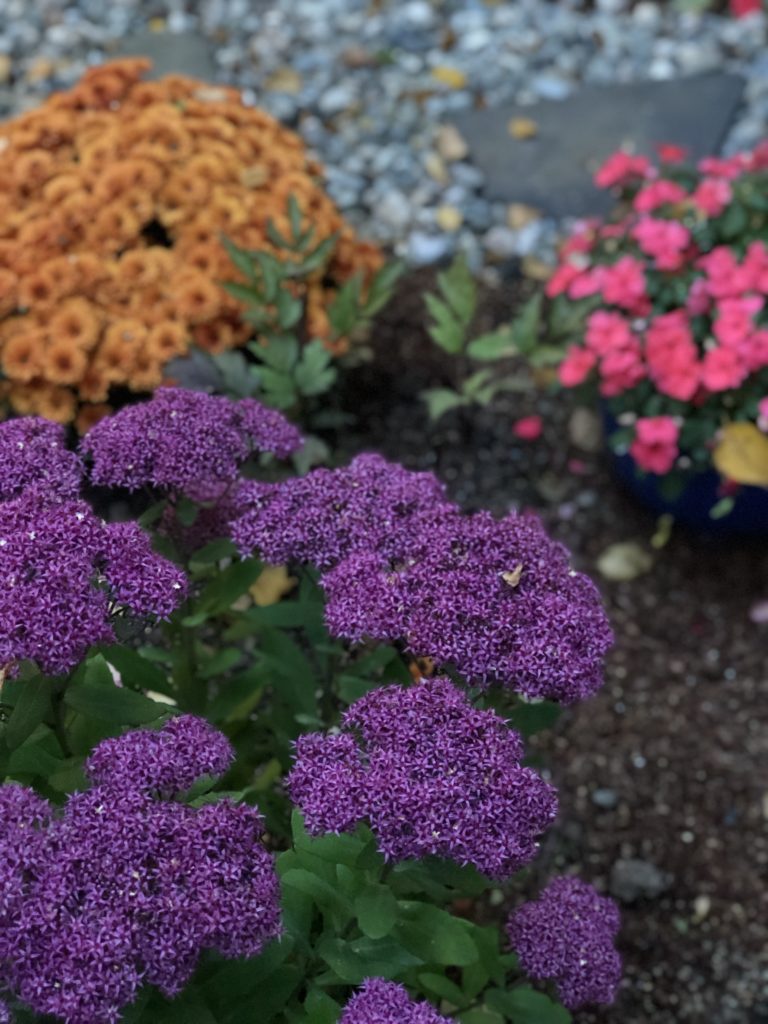
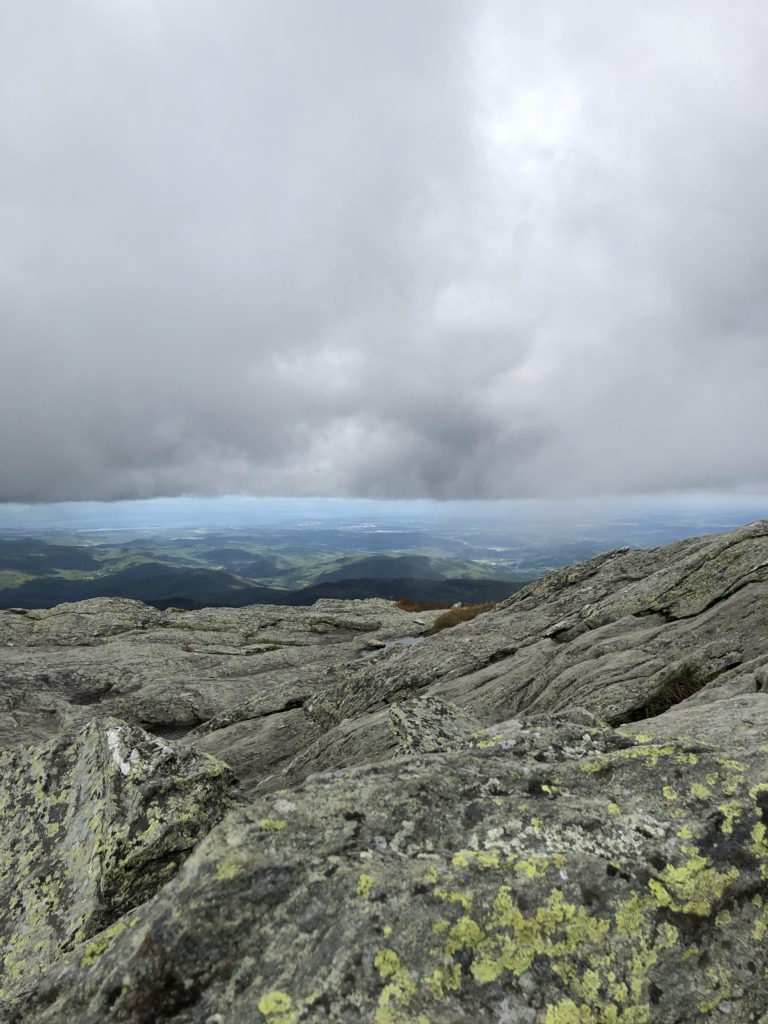
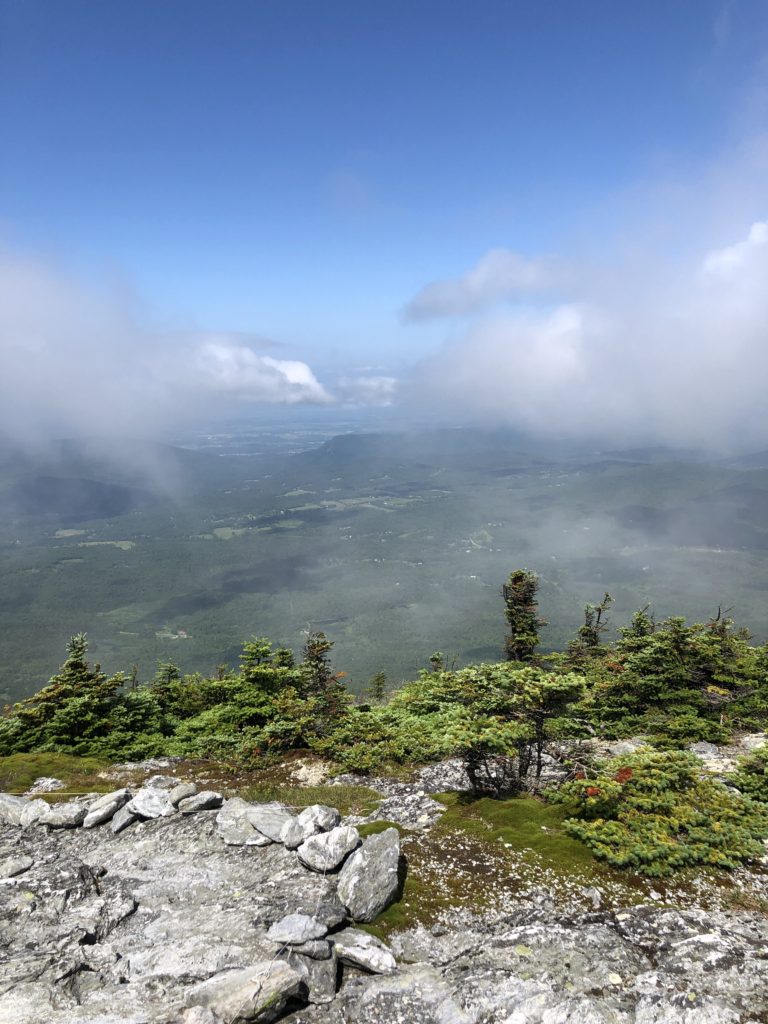
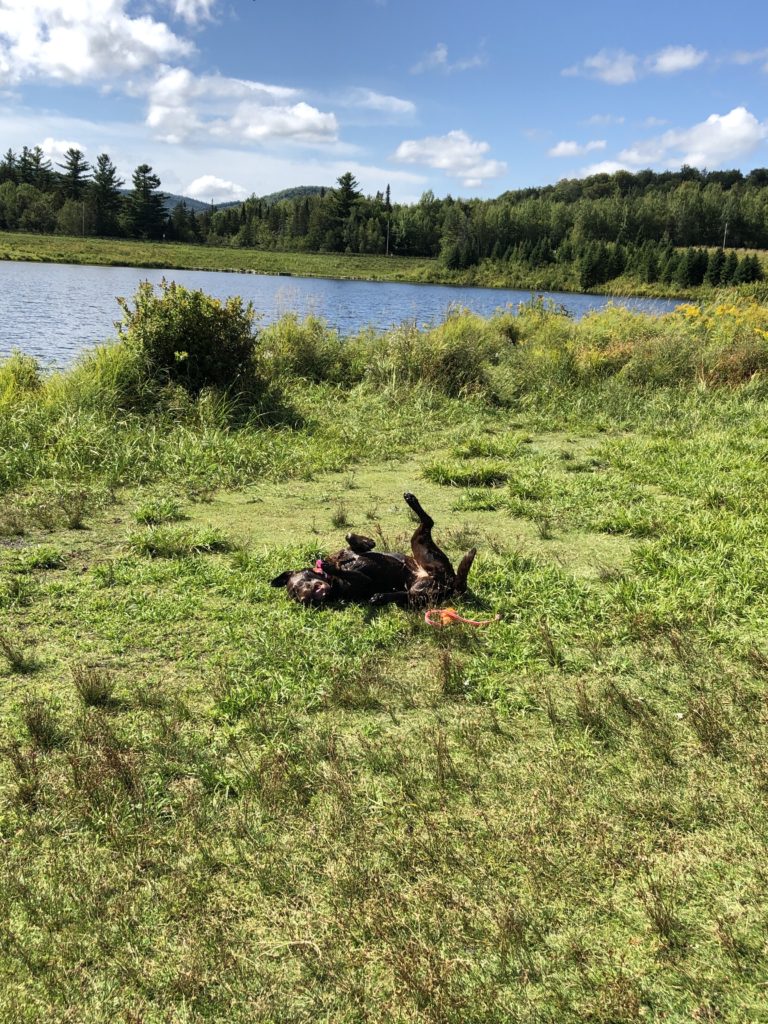
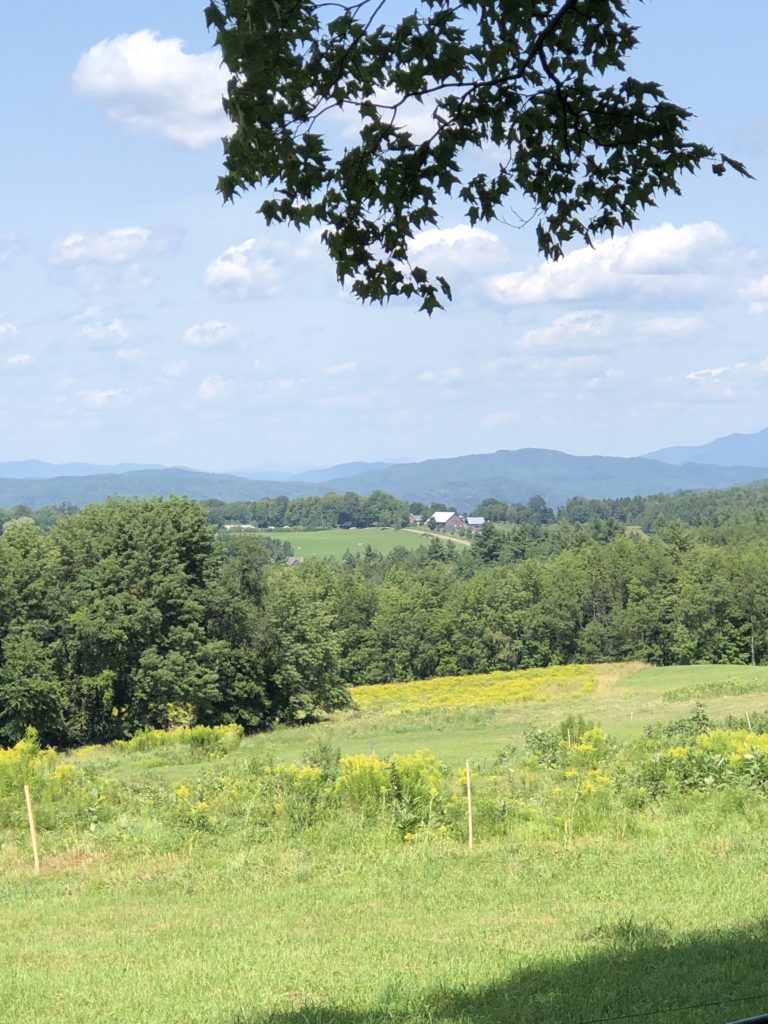
 August is a month of vacations that have been saved for last, a month of summer sports team finals, a month of lazy afternoons, cool nights, fireflies and T-storms. It is also a month when I walk my dog in the predawn darkness and am surprised to find the wooded trails closing in well before an earlier sunset. It is a time of growing anticipation for the back to school crowd and an almost panicked dash to fit in that paddle, climb, swim, century or rail trail that seemed a sure thing in May.
August is a month of vacations that have been saved for last, a month of summer sports team finals, a month of lazy afternoons, cool nights, fireflies and T-storms. It is also a month when I walk my dog in the predawn darkness and am surprised to find the wooded trails closing in well before an earlier sunset. It is a time of growing anticipation for the back to school crowd and an almost panicked dash to fit in that paddle, climb, swim, century or rail trail that seemed a sure thing in May.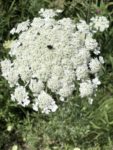 But, please, stop. Take a deep breath. You’ve got this. If you find yourself treading water, get swimming! August is dignified. It does not push us into a frenzy. But it says, if you want to do ______________, get organized and just do it. July suggests an infinite number of minutes and even hours. August says, “not so.” But August is not stingy. The daylight and conditions beckon and sustain.
But, please, stop. Take a deep breath. You’ve got this. If you find yourself treading water, get swimming! August is dignified. It does not push us into a frenzy. But it says, if you want to do ______________, get organized and just do it. July suggests an infinite number of minutes and even hours. August says, “not so.” But August is not stingy. The daylight and conditions beckon and sustain.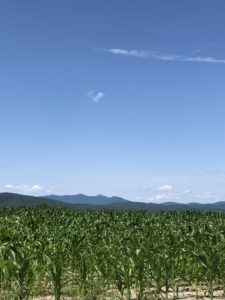 This afternoon as I walked a country road giving my pup and me a quiet day sandwiched between last week and next, I deliberately looked for signs of change. The grasses are more lush, goldenrod is beginning to burst forth, and soon enough the fields of corn will produce sweet ears to savor. OK, that’s good. That’s something that is better than July.
This afternoon as I walked a country road giving my pup and me a quiet day sandwiched between last week and next, I deliberately looked for signs of change. The grasses are more lush, goldenrod is beginning to burst forth, and soon enough the fields of corn will produce sweet ears to savor. OK, that’s good. That’s something that is better than July.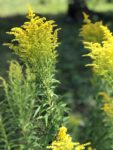 August was so named in 8 BC because of Augustus Ceasar. But I prefer to consider a few words from the definition of the word itself: respected, celebrated, honored. Don’t you agree that to respect this month, to celebrate each day’s opportunity, and to honor our well-being and those with whom we share space – that these might be better concepts to apply to this fruitful month? And, perhaps now, today, not tomorrow or next week, is the very time to take a second look at how we are living our own uniquely individual summer experiences. Avoid regrets, drop everything you can, and indulge in the season. Happy August.
August was so named in 8 BC because of Augustus Ceasar. But I prefer to consider a few words from the definition of the word itself: respected, celebrated, honored. Don’t you agree that to respect this month, to celebrate each day’s opportunity, and to honor our well-being and those with whom we share space – that these might be better concepts to apply to this fruitful month? And, perhaps now, today, not tomorrow or next week, is the very time to take a second look at how we are living our own uniquely individual summer experiences. Avoid regrets, drop everything you can, and indulge in the season. Happy August.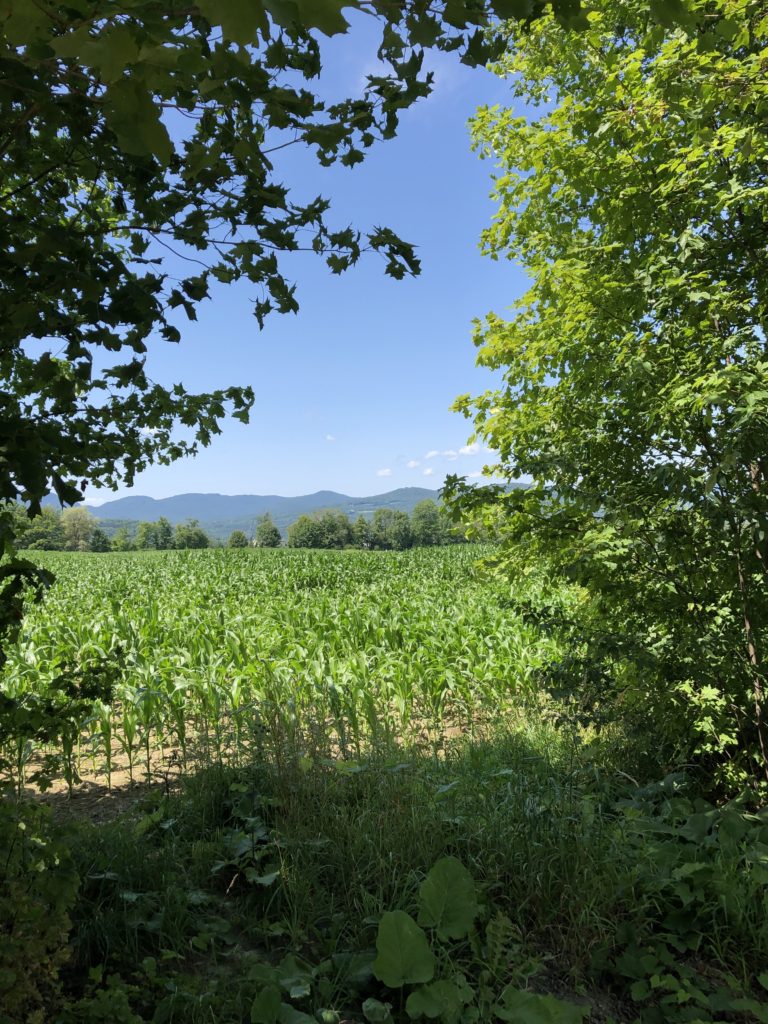
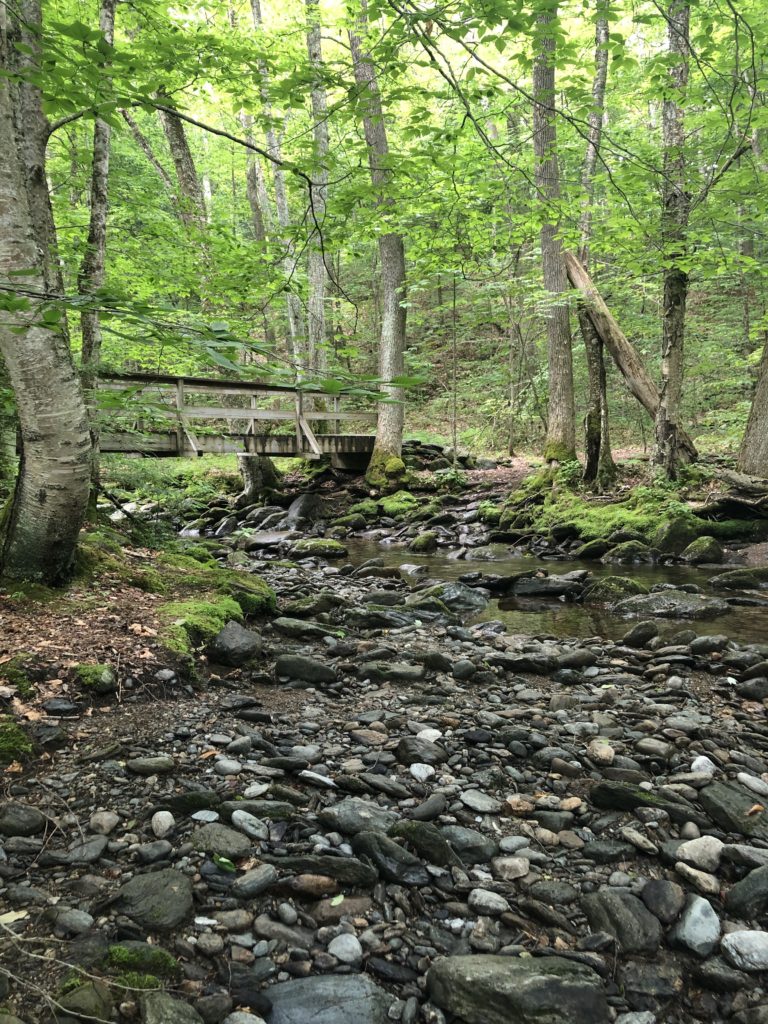 Sharing the summer months with an informal group of individuals loosely connected by their interest in hiking is proving to be a learning experience for all of us. Arguably, any able-bodied person can hike. But does everyone want to? No. I certainly didn’t.
Sharing the summer months with an informal group of individuals loosely connected by their interest in hiking is proving to be a learning experience for all of us. Arguably, any able-bodied person can hike. But does everyone want to? No. I certainly didn’t.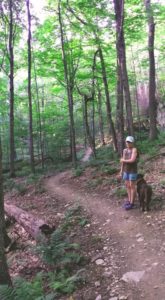 And then came Sophie, my now almost 3-year-old Chocolate Lab who opened this wonderful world for me. Because training is in my psyche, poor Sophie underwent/undergoes lots and lots of training. An exuberantly friendly pup (she IS a Lab, after all) with reliably good trail manners, she also serves as a canine GPS. All this is to say that because there is nothing (except swimming) that Sophie loves more than trails, I have become an avid hiker!
And then came Sophie, my now almost 3-year-old Chocolate Lab who opened this wonderful world for me. Because training is in my psyche, poor Sophie underwent/undergoes lots and lots of training. An exuberantly friendly pup (she IS a Lab, after all) with reliably good trail manners, she also serves as a canine GPS. All this is to say that because there is nothing (except swimming) that Sophie loves more than trails, I have become an avid hiker! How does one define hiking, anyway? There are meandering forest trails, picturesque bogs, barely defined paths, and rocky climbs with steep precipices and vistas to die for. It’s all hiking and, ultimately, it’s all about making the decision to get out the door and go.
How does one define hiking, anyway? There are meandering forest trails, picturesque bogs, barely defined paths, and rocky climbs with steep precipices and vistas to die for. It’s all hiking and, ultimately, it’s all about making the decision to get out the door and go.
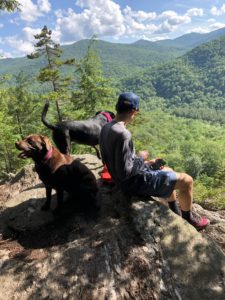 Each hike, each day, each weather condition, each hiking partner(s), each new pair of shoes, each trail snack, each guide book, each hangover (oops), each season, each year – there are no two hikes alike and no one hike that stays the same. It’s all experience – and connection.
Each hike, each day, each weather condition, each hiking partner(s), each new pair of shoes, each trail snack, each guide book, each hangover (oops), each season, each year – there are no two hikes alike and no one hike that stays the same. It’s all experience – and connection.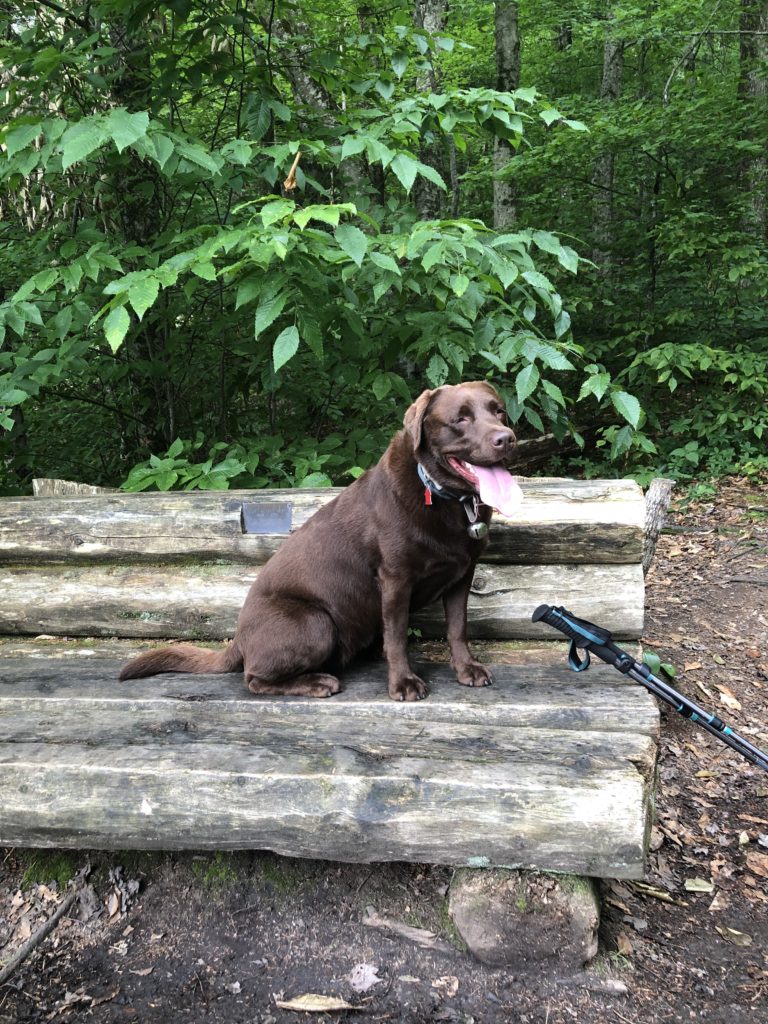
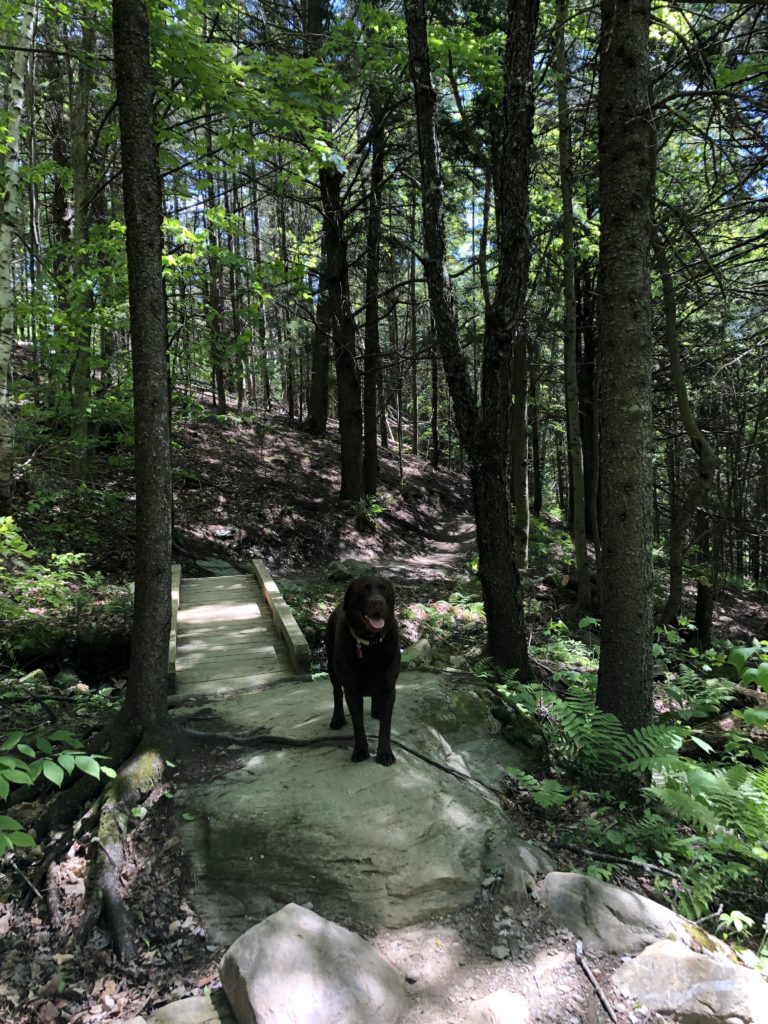
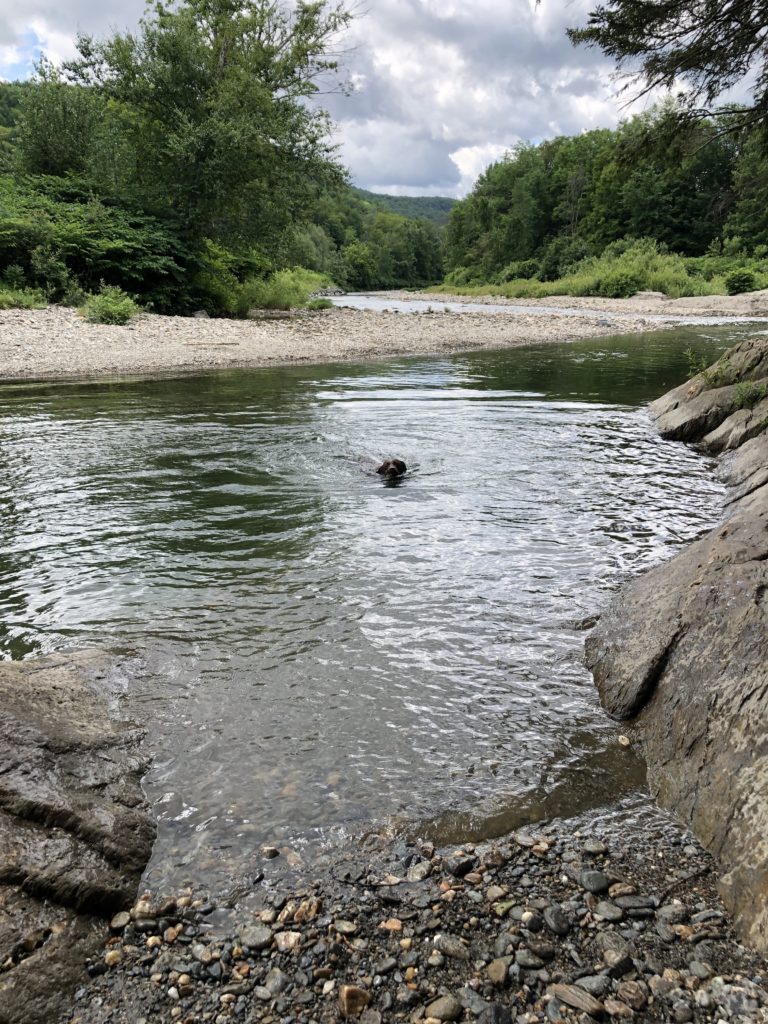
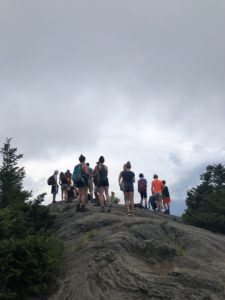
 I prefer dates, nuts, raisins, trail mix, ok and yes a Clif bar that I always share with my pup, Sophie. I do not promote trendy engineered foods such as power drinks and bars, but rather support “real” foods. I do think that part or all of your drinking water should contain some electrolytes (I prefer Skratch https://www.skratchlabs.com/collections/drinks/products/sport-hydration-drink-mix?gclid=CjwKCAjwmZbpBRAGEiwADrmVXhtL_Wt_SWL_brlBskRWrAyTwOGxdUjb1UfUquBWSHrhhaly2kNGMBoCIcAQAvD_BwE&variant=42591625797or Tailwind https://www.tailwindnutrition.com) and in fact, sipping on Tailwind along the way eliminates a need for food at all unless you get hungry! Oh and Lara is an excellent choice for a bar. Avoid sugary stuff as that will drop you too soon.
I prefer dates, nuts, raisins, trail mix, ok and yes a Clif bar that I always share with my pup, Sophie. I do not promote trendy engineered foods such as power drinks and bars, but rather support “real” foods. I do think that part or all of your drinking water should contain some electrolytes (I prefer Skratch https://www.skratchlabs.com/collections/drinks/products/sport-hydration-drink-mix?gclid=CjwKCAjwmZbpBRAGEiwADrmVXhtL_Wt_SWL_brlBskRWrAyTwOGxdUjb1UfUquBWSHrhhaly2kNGMBoCIcAQAvD_BwE&variant=42591625797or Tailwind https://www.tailwindnutrition.com) and in fact, sipping on Tailwind along the way eliminates a need for food at all unless you get hungry! Oh and Lara is an excellent choice for a bar. Avoid sugary stuff as that will drop you too soon.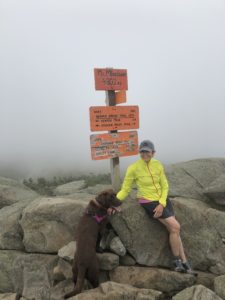
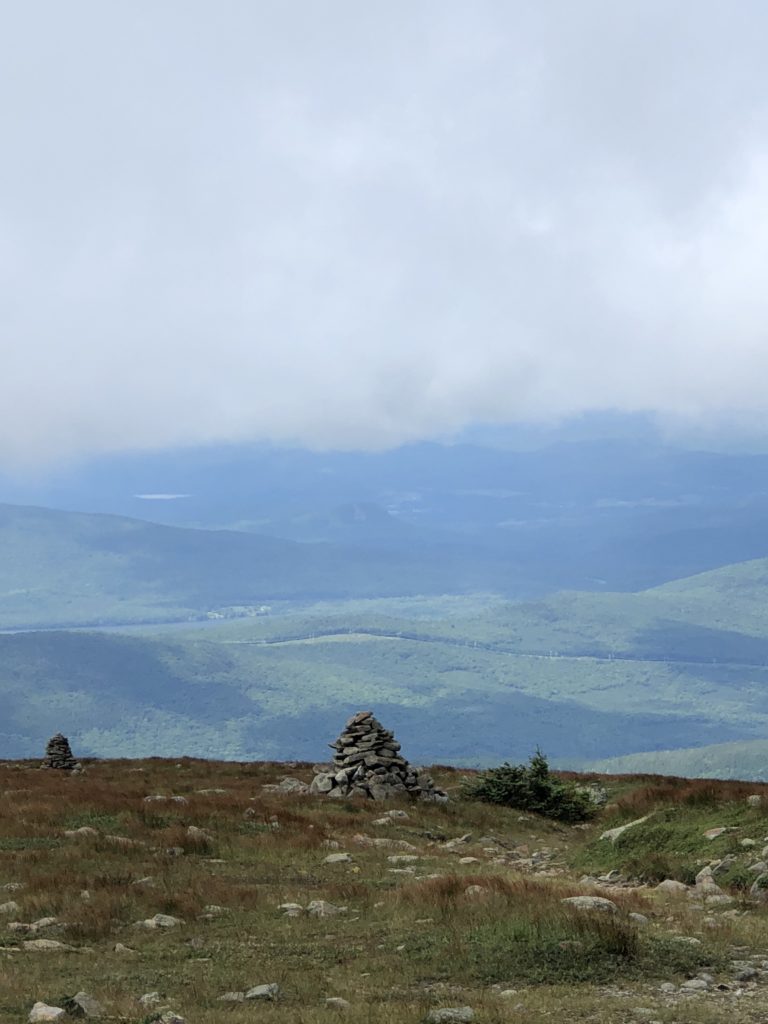
 Perhaps you gather your gear and block out a small space at your local gym. Or perhaps you are fortunate enough to be able to dedicate a few square yards or even a room in your home to your fitness quest. Let’s run with the latter.
Perhaps you gather your gear and block out a small space at your local gym. Or perhaps you are fortunate enough to be able to dedicate a few square yards or even a room in your home to your fitness quest. Let’s run with the latter.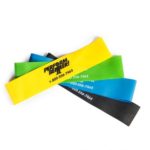 COMPONENTS OF A HOME GYM. Now, in a new home, I can label a small oddly shaped but beautifully bright area my “home gym.” As I began to equip the renovated space to make it work for me (thus functional) I found it quite exciting to define my fitness needs and the least amount of gear I could use to meet those needs.
COMPONENTS OF A HOME GYM. Now, in a new home, I can label a small oddly shaped but beautifully bright area my “home gym.” As I began to equip the renovated space to make it work for me (thus functional) I found it quite exciting to define my fitness needs and the least amount of gear I could use to meet those needs.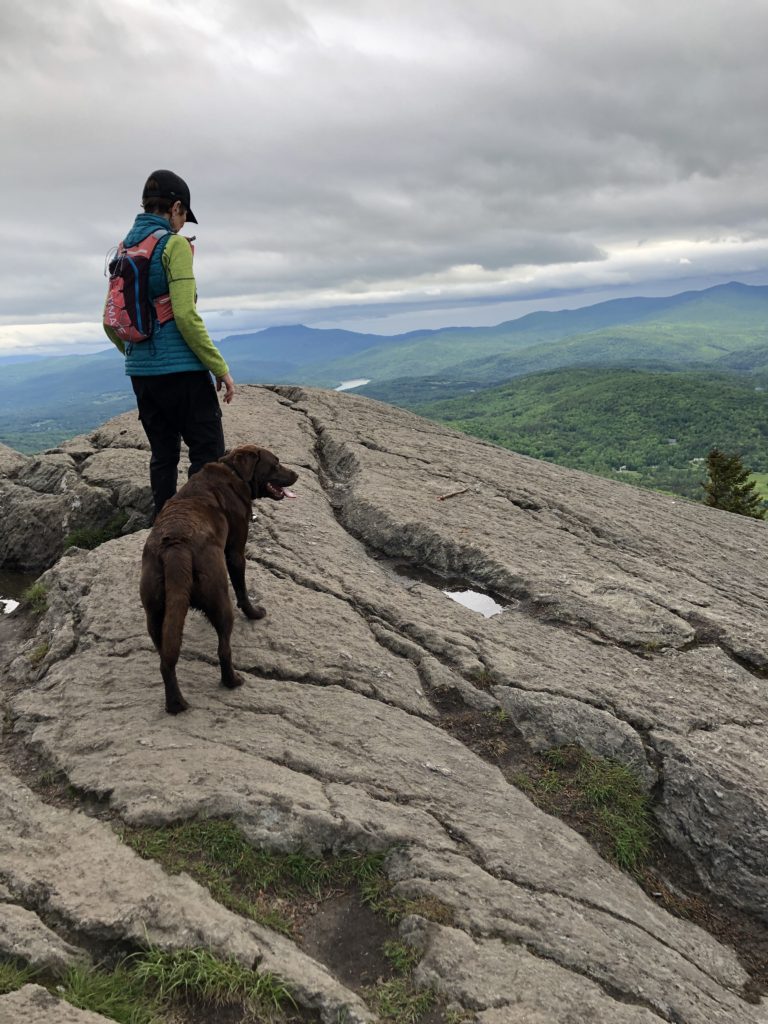
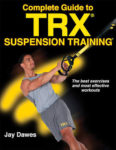

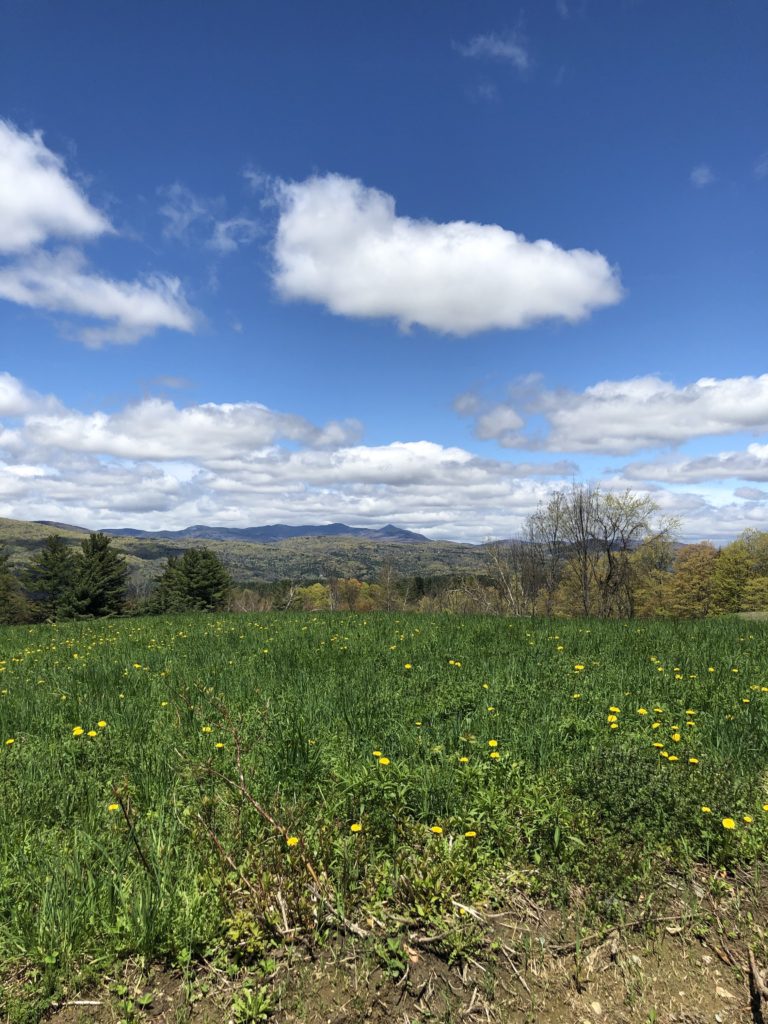 How sunshine affects one’s fitness level is obvious, but significant in definition. It is patently apparent that a good, sunny day puts a spring in our step and lures us outdoors to participate in a variety of healthy activities that might have seemed drudgery on a different day.
How sunshine affects one’s fitness level is obvious, but significant in definition. It is patently apparent that a good, sunny day puts a spring in our step and lures us outdoors to participate in a variety of healthy activities that might have seemed drudgery on a different day.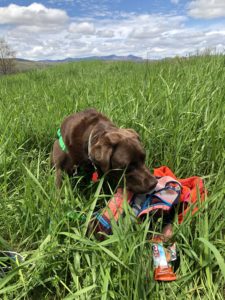
 But the notion of new growth budding and blossoming and all that it represents is a notion to hold dear. Each new morning is the springtime of a day. Each new idea, each new adventure, each new connection is the onset of creativity and ultimate fruition.
But the notion of new growth budding and blossoming and all that it represents is a notion to hold dear. Each new morning is the springtime of a day. Each new idea, each new adventure, each new connection is the onset of creativity and ultimate fruition.